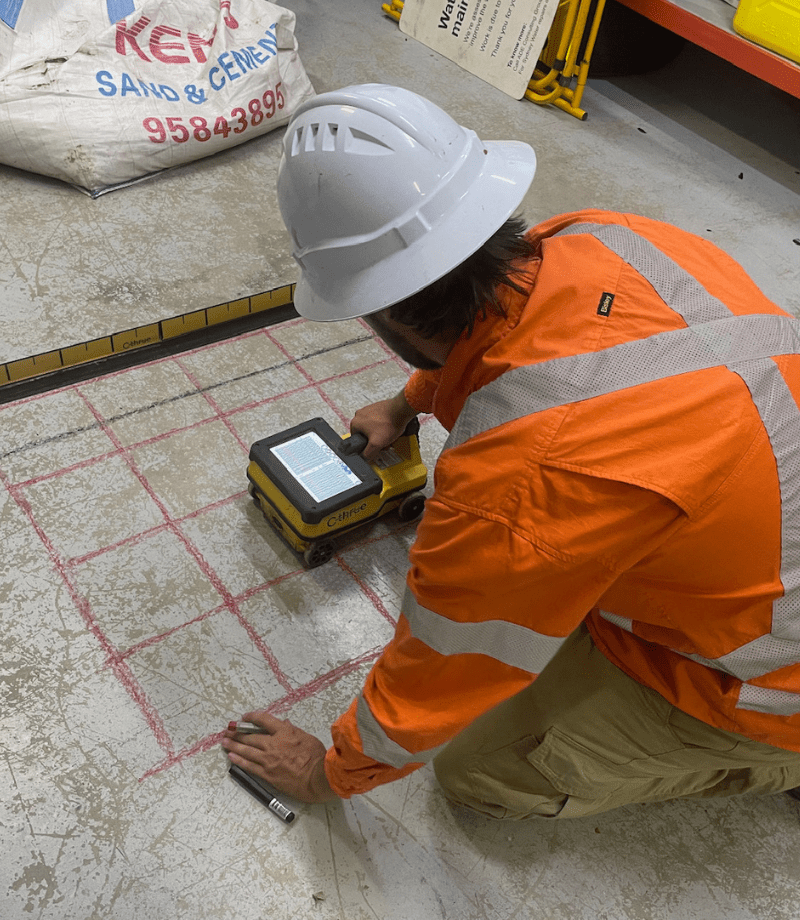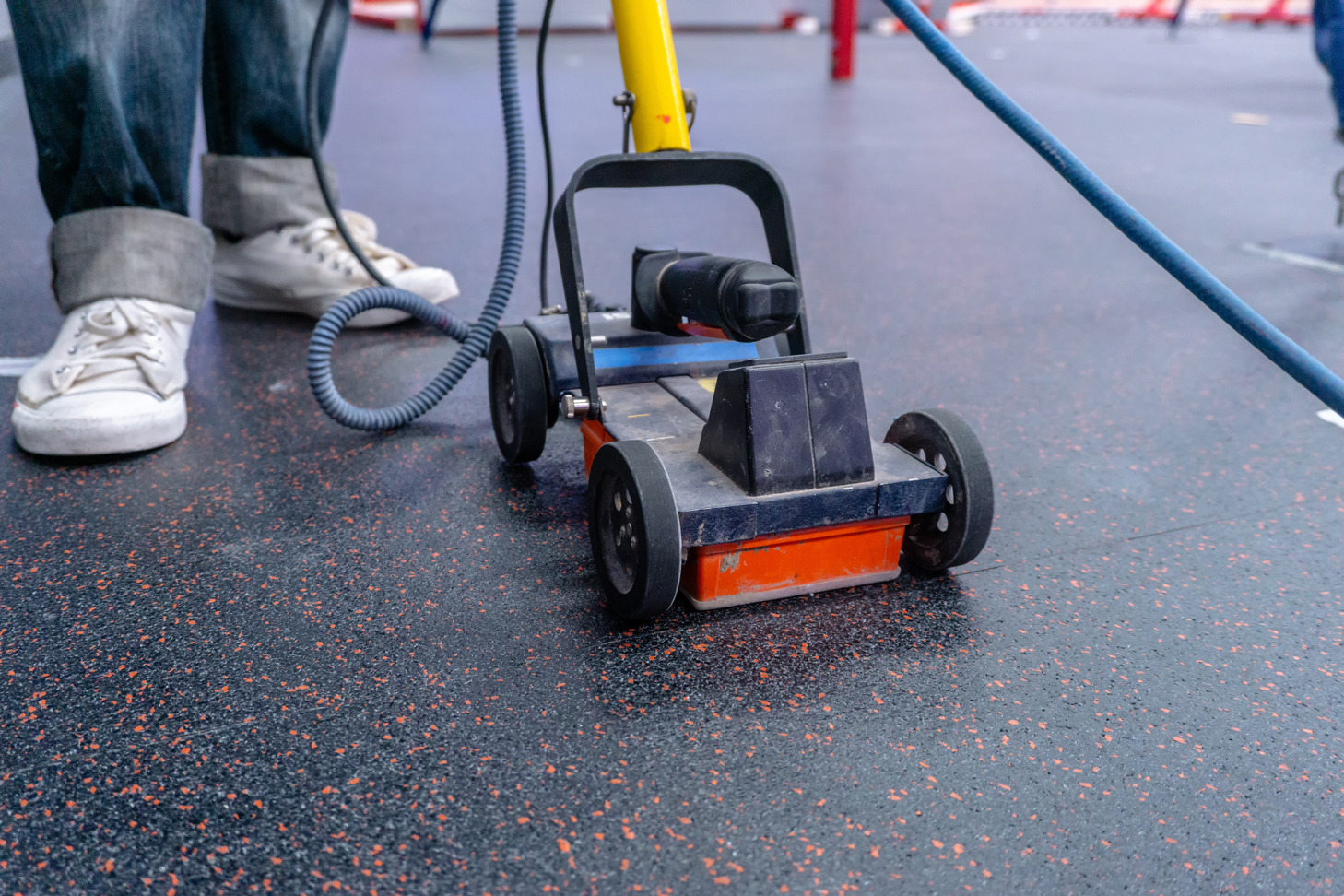The Importance of Specific Concrete Scanning in Detecting Underground Hazards
In the realm of construction and facilities development, the importance of accurate concrete scanning can not be overemphasized. Under the relatively solid ground lie detailed networks of energies, pipelines, and other subsurface structures that are commonly undetectable to the naked eye. The capability to properly detect and map these below ground dangers is not simply a matter of comfort however a critical facet of making certain the security of both building workers and the stability of the project itself. By deploying sophisticated scanning innovations and methodologies, professionals can uncover surprise threats, stop pricey problems, and ultimately lead the method for smoother and safer building ventures.
Advanced Scanning Technologies for Detection
Innovative radar systems are transforming the area of underground discovery by offering unmatched accuracy and effectiveness. These advanced scanning innovations utilize ground-penetrating radar (GPR) to develop thorough pictures of subsurface structures, supplying understandings into what lies underneath the surface area with amazing quality. By releasing high-frequency pulses into the ground and gauging the reflections, radar systems can recognize variations in material composition and find below ground risks such as pipes, cables, and gaps.
One of the crucial benefits of these innovative radar systems is their non-invasive nature, permitting detailed examinations without creating damages to the existing structures. This not only ensures the safety of the surrounding environment yet likewise lessens the requirement for expensive repair services or disruptions to ongoing construction jobs. Furthermore, the real-time data offered by these scanning innovations enables fast decision-making and boosts total job efficiency.
Relevance of Subsurface Mapping

Accurate subsurface mapping helps in avoiding pricey problems to existing below ground facilities, decreasing the danger of crashes, and keeping job timelines. It allows project supervisors to make educated choices relating to website planning, equipment implementation, and source allocation. In addition, subsurface mapping permits much better control amongst various teams dealing with a project and assists in abiding by regulatory demands related to below ground energy detection.
Mitigating Threats in Construction Jobs
Reliable threat mitigation approaches are crucial for making certain the success and safety of building and construction jobs. Identifying and attending to prospective threats before they escalate is important in keeping job timelines, spending plans, and general top quality. One essential aspect of mitigating risks in building and construction projects is comprehensive preparation and analysis at the first phases. Performing detailed website studies, consisting of exact concrete scanning for underground hazards, can assist in recognizing potential issues at an early stage. Using innovative technologies like ground-penetrating radar and electro-magnetic induction can help in discovering energies, rebar, or other obstructions that might present risks throughout building.
Furthermore, establishing clear interaction networks among all job stakeholders and making sure strict adherence to safety and security protocols are vital elements of danger reduction. Regular inspections, top quality control actions, and monitoring of job progress can help in recognizing and dealing with any arising risks promptly. Additionally, having backup plans in position for unanticipated obstacles can significantly minimize the impact of disruptions on the task. By proactively executing durable danger reduction strategies, construction projects can lessen delays, cost overruns, and security incidents, eventually causing successful job end results.

Preventing Costly Problems and Hold-ups
To lessen economic losses and task obstacles, reliable techniques need to be executed to avoid expensive problems and hold-ups in construction projects. One vital way to achieve this is by conducting comprehensive concrete scanning before any kind of excavation job begins. By utilizing advanced scanning technologies such as ground-penetrating radar (GPR) and electromagnetic induction, construction groups can accurately identify below ground dangers like rebar, avenues, and other utilities. Determining these obstructions early assists in preparing the project design a lot more effectively and avoiding potential damages during excavation.
Furthermore, investing in training programs for building and construction employees on the value of concrete scanning and risk-free excavation techniques can dramatically reduce the risk of accidents and delays. Clear communication channels between project supervisors, engineers, and on-site employees are additionally important to make sure that everybody knows the potential threats and adheres to the needed methods to stop pricey problems. By prioritizing aggressive actions like concrete scanning and advertising a culture of security and recognition, building and construction tasks can lessen the financial influence of unanticipated underground blockages and avoid pricey delays.
Ensuring Security of On-Site Employee
By prioritizing aggressive procedures such as thorough training programs and clear interaction networks, building and construction tasks can guarantee the safety of on-site employees amidst the prospective risks identified via concrete scanning. Proper training furnishes employees with the knowledge and abilities needed to browse building and construction websites securely, particularly when risks are identified via scanning procedures. Training needs to cover danger recognition, emergency situation treatments, and the correct use of individual safety tools to minimize dangers successfully.
Furthermore, establishing clear communication networks is vital for disseminating information concerning identified threats promptly. This guarantees that all on-site workers understand possible threats and can take required preventative measures to prevent accidents. Normal security instructions, tool kit talks, and constant updates relating to scanning results help maintain every person notified and proactive in maintaining a risk-free functioning atmosphere.
Moreover, additional resources applying rigorous adherence to security methods and laws, conducting regular safety audits, and fostering a official source society of security awareness amongst workers are important components in ensuring the wellness of on-site personnel throughout construction jobs - RainierGPR Concrete Scanning. Proactive precaution not only safeguard workers from damage however likewise add to the total success and effectiveness of the project
Verdict
Utilizing innovative scanning technologies and subsurface mapping assists mitigate threats in building and construction jobs, avoiding costly problems and hold-ups. It is necessary for construction firms to focus on the use of accurate scanning approaches to reduce prospective dangers and make certain a smooth construction process.

By proactively implementing robust threat mitigation strategies, building tasks can decrease delays, cost overruns, and safety and security incidents, ultimately leading to successful project results. - RainierGPR Concrete Scanning
To minimize economic losses and task troubles, efficient methods must be carried out to avoid pricey damages and delays in building and construction projects. By focusing on proactive procedures like concrete scanning and promoting a pop over to this web-site culture of security and understanding, building jobs can minimize the monetary effect of unexpected underground blockages and avoid costly delays.
By prioritizing aggressive measures such as detailed training programs and clear communication channels, construction jobs can guarantee the security of on-site employees amidst the possible threats detected with concrete scanning. Utilizing innovative scanning innovations and subsurface mapping helps minimize dangers in building tasks, avoiding pricey damages and delays.